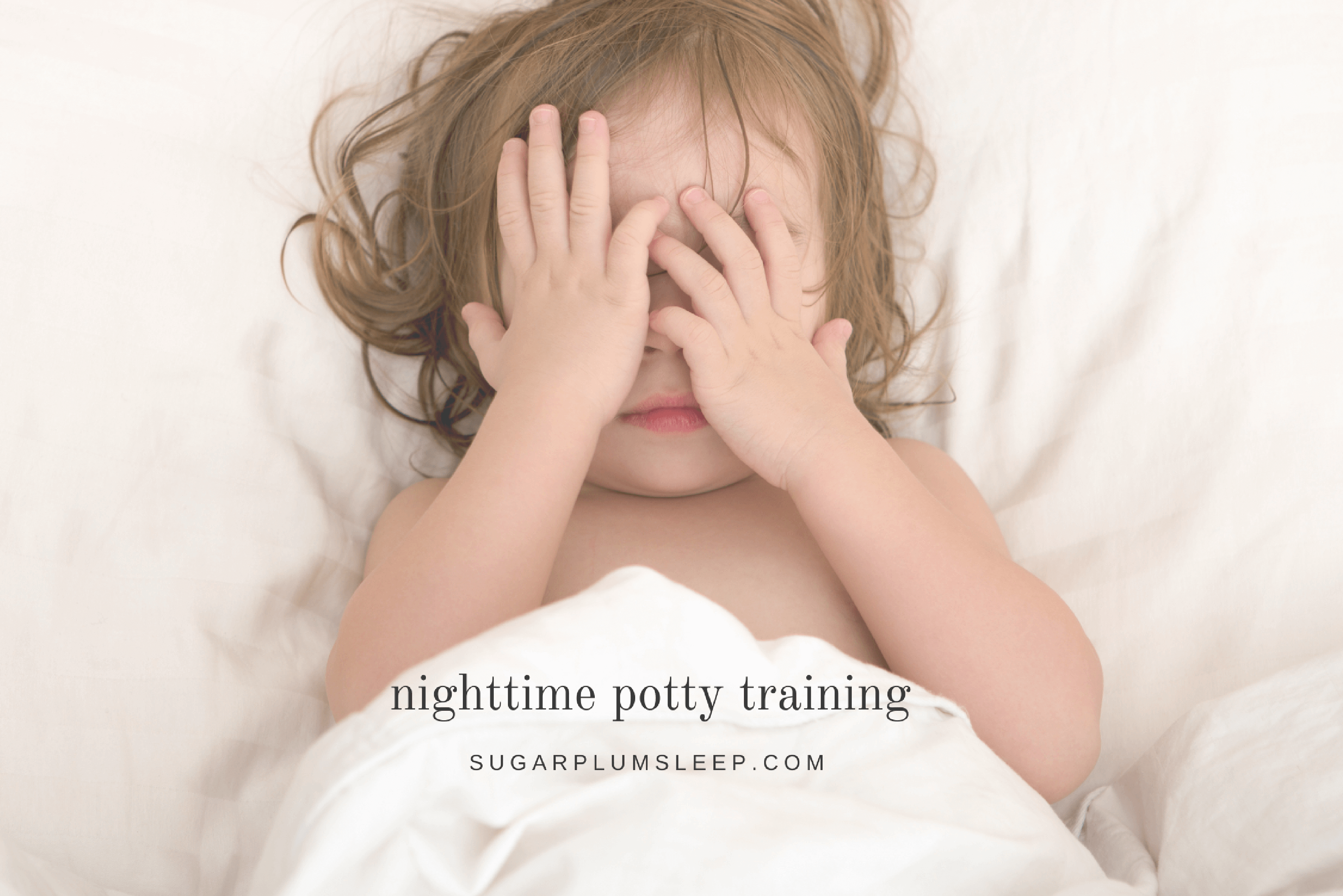It’s a huge victory when your FINALLY child demonstrates bladder and bowel control during the day once your family has embarked on potty training. You’re all geared up to toss away those diapers and you’ve invested in adorable and fun underwear. Your little one is growing up so fast and – wait. Your child still wets the bed.
Imagine the time it took your child to recognize the physical signs and urges of needing to use the potty. That ability starts while they are awake and conscious. It’s going to take some extra time to teach your child to recognize that they may need to use the washroom while they are sleeping. It’s part of the potty training process but it is not impossible. Here is some advice on getting your little one to stay dry during the night:

When is the Best Time to Start Potty Training
Each and every child develops at their own rate but there are significant milestones that occur around average ages. Nighttime wetting is considered normal up until age 5. That being said, your child may show signs of potty training readiness at varying ages, the most notable being consistency of toilet use during the day.
Your child should also show comfort in getting out of bed and finding the toilet. Another sure sign is that your child consistently keeps their pull-up dry during the night. Rushing your child into a stage of development they are not ready for may cause anxiety and delay or regress their development.
Potty Training Accessories
Prepare yourself and your child by gathering the proper gear for nighttime potty training: absorbent pads, waterproof mattress cover, extra sheets, nighttime training underpants or cloth diapers, a potty and a nightlight.
To make clean-up infinitely easier, layer absorbent pads with sheets on your child’s bed. If they wet their bed, simply remove the wet sheet and pad and there will be a dry sheet and pad underneath.
While it is important to have your child become aware of their full bladder while they sleep you also don’t want to disturb their sleep patterns. Nighttime training pants are more absorbent than regular training pants. However, cloth diapers are ideal because they will prevent urine from leaking onto the bed and provide your child with the sensation of being wet.
Finally, consider placing a potty by your child’s bed to provide them with quick and easy access if needed. If your child prefers the toilet, make sure you have a nightlight so they can easily find it in the dark.
Bedtime Routines
The goal of nighttime potty training is not only to teach your child to recognize the urge to pee while they sleep but to also train the bladder to empty before bed and upon waking up. Make sure a trip to the potty is included in your nighttime routine. I often encourage two attempts to use the toilet: one at the beginning of the routine, and one at the end. Also encourage your child to use the washroom as soon as they wake up.
Potty Training Setbacks
Children often recognize that requesting a trip to the bathroom is a great way to get out of bed. Make sure your child is passing urine during these trips. If this type of stall tactic continues, or if there is very little urine passed, consider implementing a bathroom pass. The pass can be used one or two times during the night. You can also place a potty by their bed to reduce the excuse to leave their room.
Should I Take my Child to a Doctor?
If you feel that your child is not progressing with potty training, seek the advice of a medical practitioner. Conditions such as UTI’s (urinary tract infections) and other underlying issues may be impacting their progress. The number one tool you need for nighttime potty training is patience. The process won’t happen “overnight” (pun intended)!. Remain calm and exercise extra senstiivty as you guide your child through this stage of their development.


Share Your Thoughts.